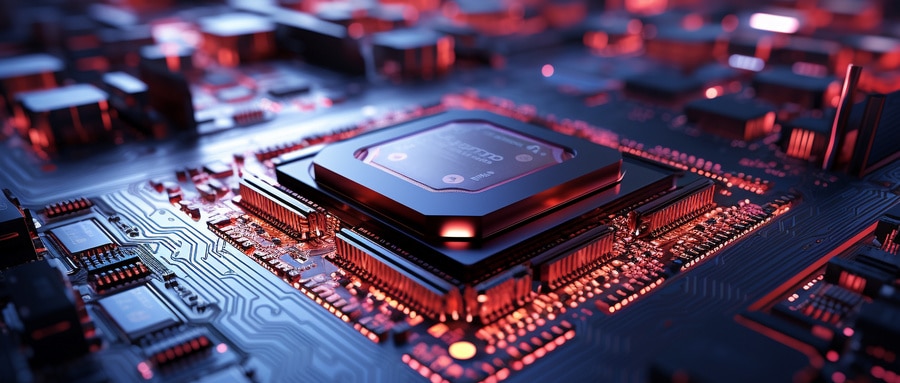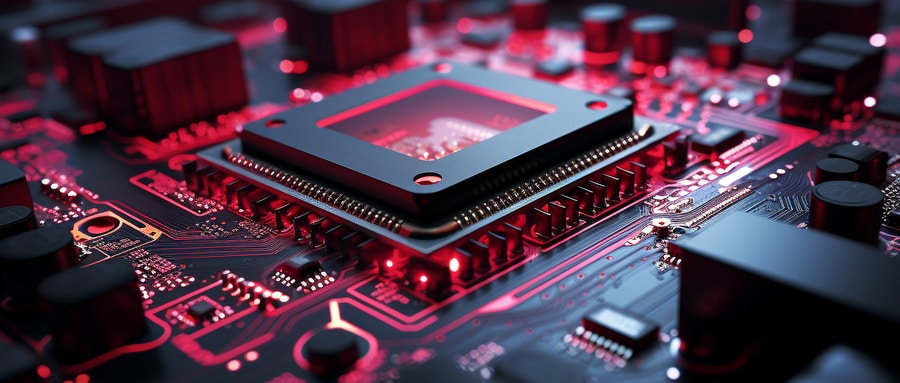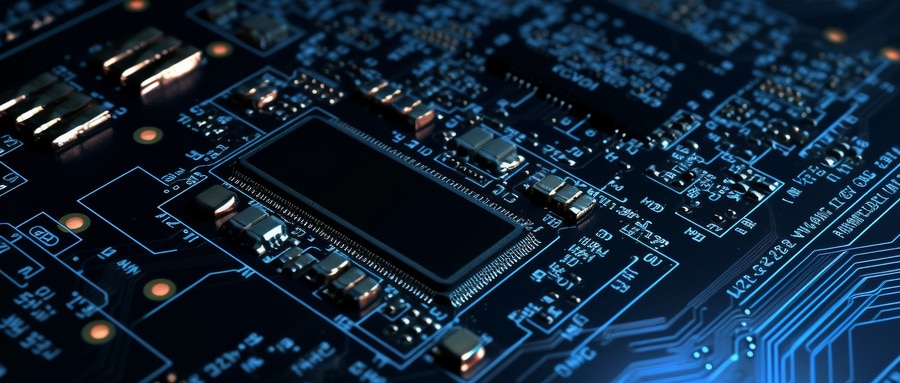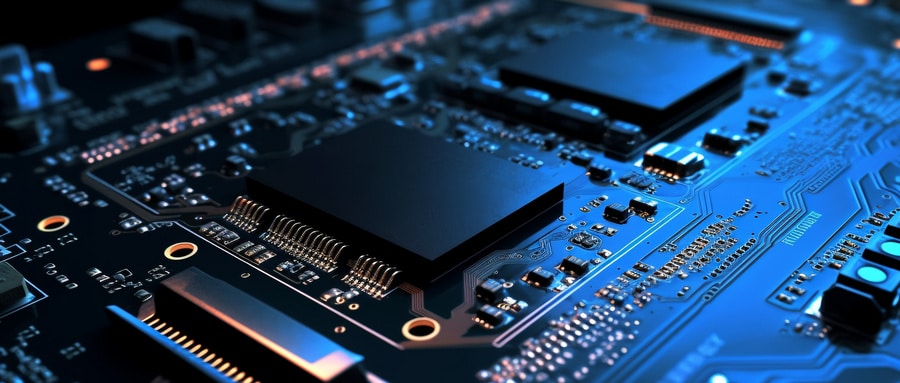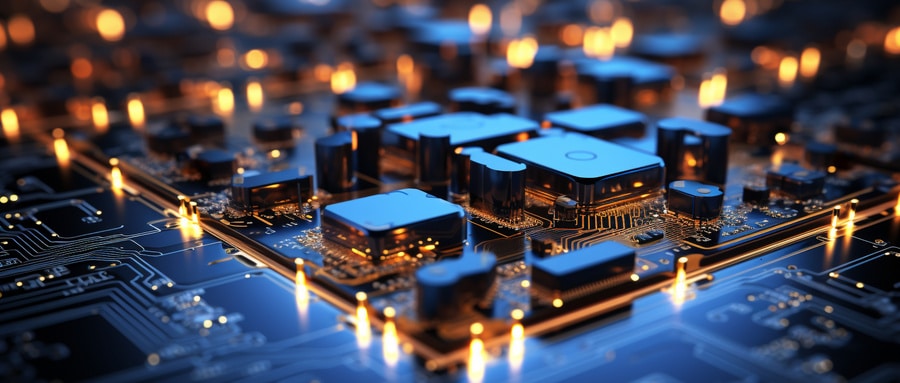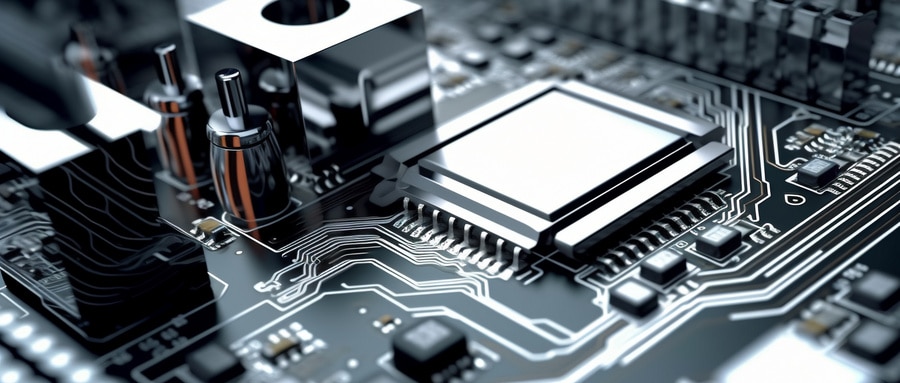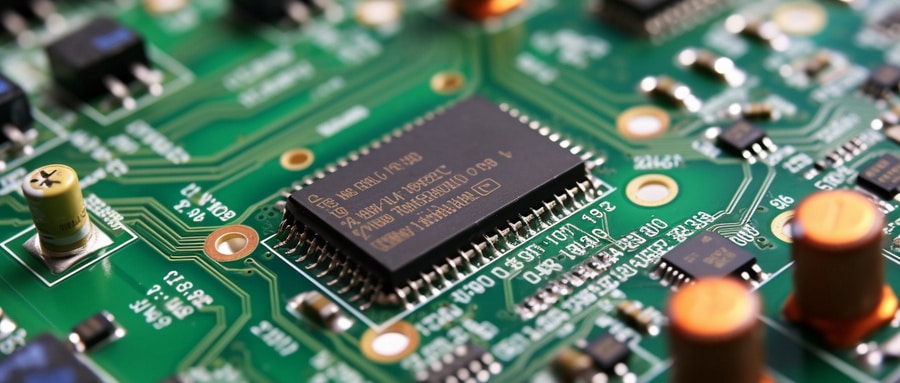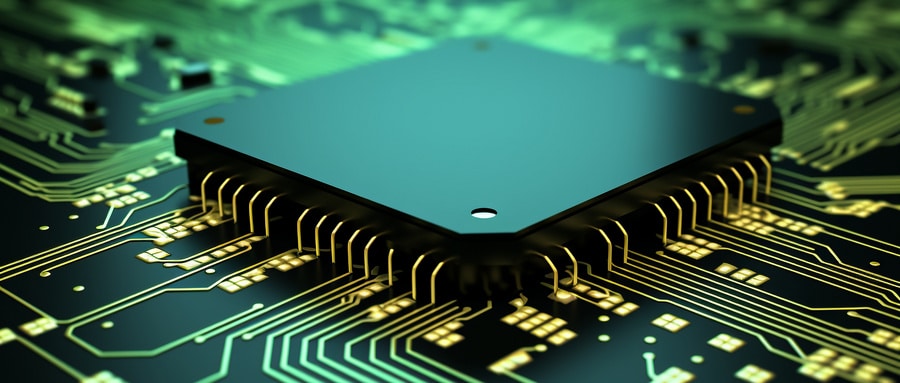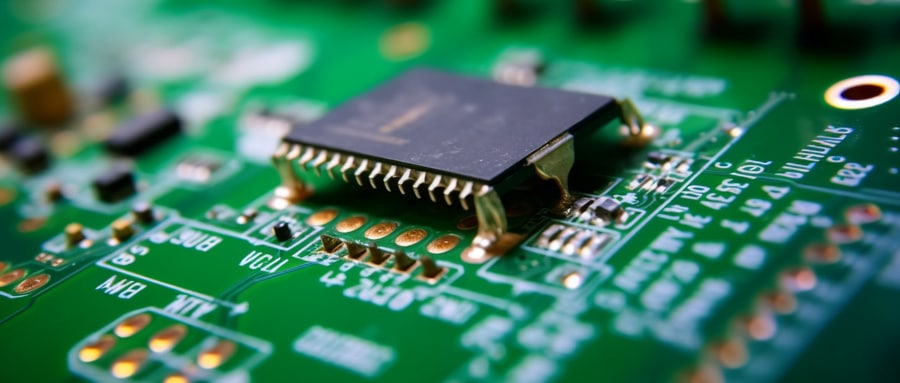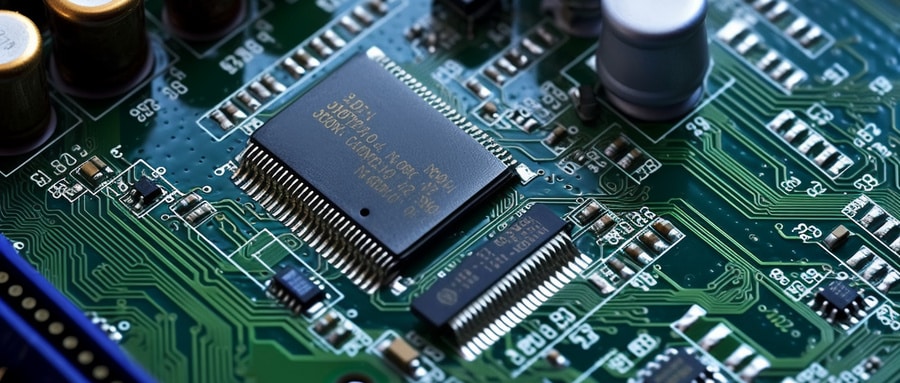IC Substitution Techniques in PCB Circuit Design In the PCB circuit design will encounter the need to replace the IC time, the following to share the skills in the replacement IC, to help engineers in the PCB circuit design can be more perfect. First, direct replacement Direct replacement refers to other IC without any changes […]
Author Archives: pcbapeak
What is the difference between PCB and FPC? PCB, that is, printed circuit board, usually called hardboard, is the support body of electronic components, but also very important electronic components.PCB generally use FR4 as a substrate, can not be bent, flexing.PCB is generally used in some do not need to bend and require a more […]
6 layers PCB boards are more widely used? A 6 layers pcb consists of six layers of conductive material. It consists of two planes between a 4 layers pcb and two additional signal layers. A typical 6 layers printed circuit board consists of two inner layers, two outer layers and two inner layers, one for […]
PCB design common eight problems and solutions, you learned? In the process of PCB design and production, engineers not only need to prevent PCB boards in the manufacturing process when the accident, but also need to avoid the emergence of design errors. This article summarizes and analyzes these common PCB problems, I hope to be […]
What are the advantages of PCB Step Slots? In what areas are they usually used? What are PCB Step Slots? A PCB Step Slots are special design element on a printed circuit board (PCB) that creates a series of slots or steps of varying heights along the edges of the PCB or in specific areas […]
Copper half-hole PCB is a special kind of PCB board, which is characterized by plating on one side of the board to form a layer of copper, and then half-hole processing where needed, i.e., drilling holes on one side of the board but not through the whole board. This type of PCB board has the […]
What are the properties of high TG circuit boards? And what are the functions? High TG circuit boards have some outstanding properties that allow them to perform superiorly in high temperature applications. The following is a detailed description of these characteristics: High Heat Resistance: One of the remarkable properties of High TG circuit boards is […]
How does the PCB manufacturing process achieve a 4-layer board doing 50 ohm pcb impedance? PCB impedance is the impedance formed by the capacitance and inductance of the insulation and wires around the signal lines on the PCB board. The size of the impedance depends on the frequency of the signal and the design of […]
How much time does it take to immersion gold on PCB under standard conditions? PCB gold immersion is a process for manufacturing PCB that involves depositing a layer of gold on a copper surface. The gold immersion process can help improve the reliability and stability of PCB because gold has good electrical conductivity and corrosion […]
What are the process characteristics of large-size PCB? What are the application areas? Large-size PCB, with their large size, high line complexity, and long manufacturing process, make them present some unique process characteristics in the manufacturing process. Substrate Material Substrate material is the basis of large-size PCB manufacturing, generally FR4, CEM-1, aluminum substrate, ceramic substrate, […]

